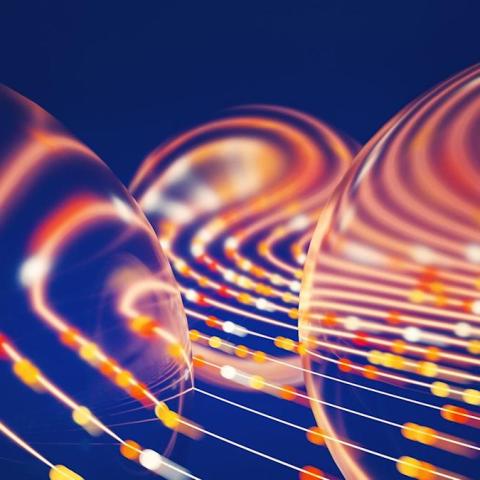Life in space has always fascinated scientists, but a recent discovery aboard China’s Tiangong space station surprised everyone. Researchers found a new type of bacterium called niallia tiangongensis, which has never been seen on Earth.
Dr. Junxia Yuan and her team from the Shenzhou Space Biotechnology Group identified this organism after conducting extensive genetic and biochemical analyses. This finding raises intriguing questions about how microbes adapt to the unique challenges of space, such as low gravity and high radiation levels.
Microbes thrive in various environments. In space stations, many come from crew members or supplies, making it tricky to know if new microbes are from Earth or if they’ve evolved. Understanding the origin and behavior of niallia tiangongensis could help scientists discover if it has developed any new survival skills in microgravity.
In May 2023, crew members collected samples as part of the China Space Station Habitation Area Microbiome Program (CHAMP). The hope is that these samples will shed light on how bacteria react to life in space and if there are any risks associated with them.
This newly discovered microbe is rod-shaped and can form spores, a feature that helps protect it in extreme conditions. Some studies highlight how similar organisms can withstand harsh environments by creating biofilms, which may enhance their resilience. NASA research aboard the International Space Station showed certain bacteria surviving high radiation levels—something that might correlate with the abilities of niallia tiangongensis.
As space travel continues to advance, the health of astronauts is a key concern. While many microbes might be harmless, the arrival of new species could pose health risks, especially in a confined space. Future missions to the Moon or Mars could last much longer, so understanding how microbes adapt is crucial.
Genetic analysis suggests that this space bacteria is related to niallia circulans, a species known to cause serious infections. Research is ongoing to determine whether niallia tiangongensis could pose similar risks to astronauts. By comparing its genetic data and growth patterns to known bacteria, scientists aim to assess if it has gained any dangerous traits.
It’s also essential to consider how microbes might affect spacecraft systems. Past missions have shown that bacteria can form films that disrupt machinery, highlighting the need for effective cleaning and monitoring processes. Experts agree that ongoing surveillance is important for mitigating potential health issues and ensuring the integrity of spacecraft systems.
The emergence of niallia tiangongensis underscores the mystery of microbial life in space. Although tens of thousands of bacterial species are documented, countless others remain undiscovered. Each new find raises questions about what might happen as humans venture further into space.
Research will continue to focus on how this bacterium responds to stress and manages radiation damage. There’s also interest in its ability to break down gelatin, which could have implications for biotechnology on Earth. Scientists are eager to see what further studies reveal.
As space exploration progresses, we can expect to encounter even more unusual microbes. Programs like CHAMP are crucial for gathering data on microbial diversity during missions. Advanced gene sequencing will allow scientists to identify newcomers quickly and address potential issues.
The discoveries made from studying niallia tiangongensis reflect the exciting but unpredictable nature of life beyond Earth. The findings are detailed in the International Journal of Systematic and Evolutionary Microbiology.





















